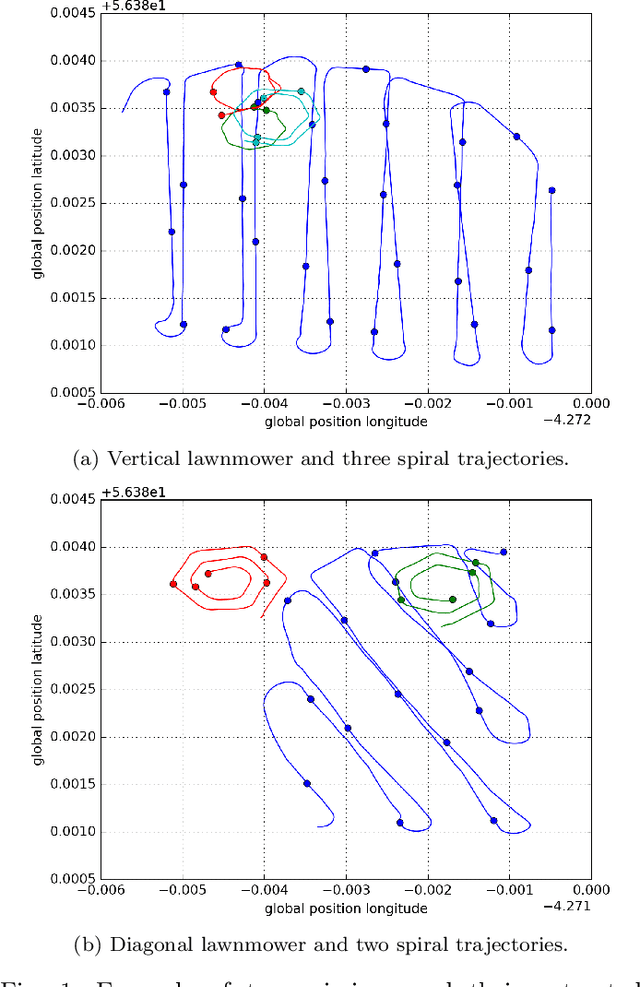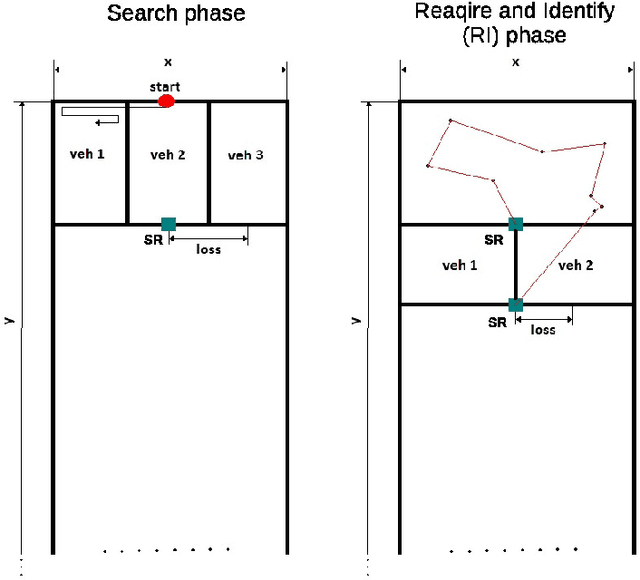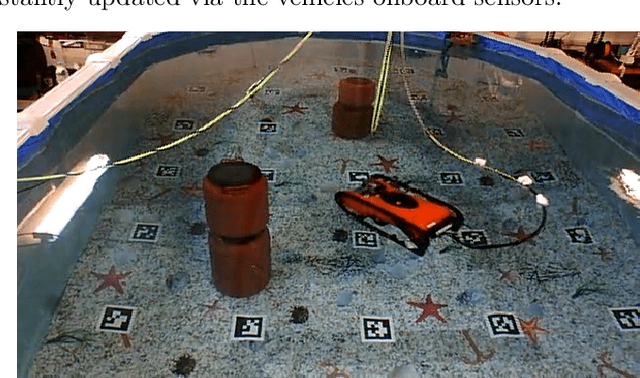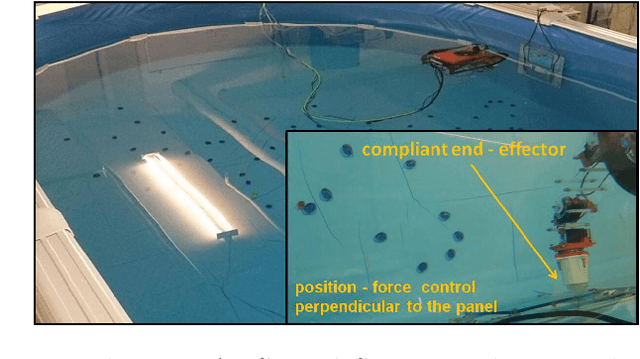Mariela De Lucas Alvarez
Safety Enhancement in Planetary Rovers: Early Detection of Tip-over Risks Using Autoencoders
Aug 10, 2024Abstract:Autonomous robots consistently encounter unforeseen dangerous situations during exploration missions. The characteristic rimless wheels in the AsguardIV rover allow it to overcome challenging terrains. However, steep slopes or difficult maneuvers can cause the rover to tip over and threaten the completion of a mission. This work focuses on identifying early signs or initial stages for potential tip-over events to predict and detect these critical moments before they fully occur, possibly preventing accidents and enhancing the safety and stability of the rover during its exploration mission. Inertial Measurement Units (IMU) readings are used to develop compact, robust, and efficient Autoencoders that combine the power of sequence processing of Long Short-Term Memory Networks (LSTM). By leveraging LSTM-based Autoencoders, this work contributes predictive capabilities for detecting tip-over risks and developing safety measures for more reliable exploration missions.
Results from the Robocademy ITN: Autonomy, Disturbance Rejection and Perception for Advanced Marine Robotics
Oct 29, 2019



Abstract:Marine and Underwater resources are important part of the economy of many countries. This requires significant financial resources into their construction and maintentance. Robotics is expected to fill this void, by automating and/or removing humans from hostile environments in order to easily perform maintenance tasks. The Robocademy Marie Sklodowska-Curie Initial Training Network was funded by the European Union's FP7 research program in order to train 13 Fellows into world-leading researchers in Marine and Underwater Robotics. The fellows developed guided research into three areas of key importance: Autonomy, Disturbance Rejection, and Perception. This paper presents a summary of the fellows' research in the three action lines. 71 scientific publications were the primary result of this project, with many other publications currently in the pipeline. Most of the fellows have found employment in Europe, which shows the high demand for this kind of experts. We believe the results from this project are already having an impact in the marine robotics industry, as key technologies are being adopted already.
 Add to Chrome
Add to Chrome Add to Firefox
Add to Firefox Add to Edge
Add to Edge